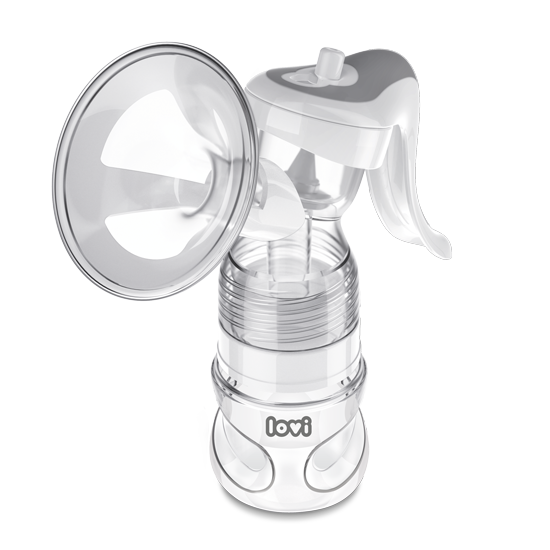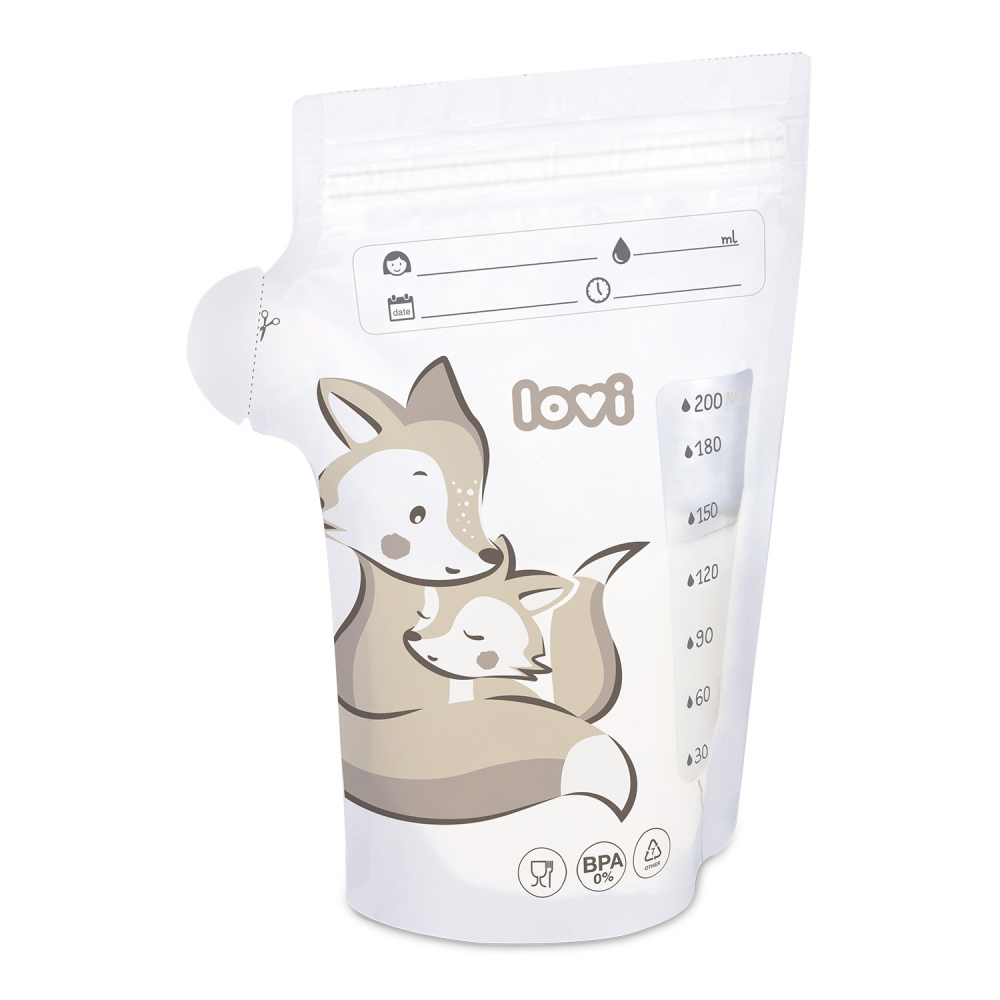Before giving birth to their babies many mothers wonder whether to buy a breast pump, and if so, which model to choose. Is it worth investing in a more expensive electric breast pump, or opt for a cheaper, hand-operated model? We provide advice when it is worth buying a breast pump and what factors should be taken into consideration in selecting the type of that device.
A breast pump is a very useful accessory in breastfeeding. It is used only for storing mother's milk in the event of separation from her child. It offers valuable support in overcoming many lactation problems that often occur at the beginning of the breastfeeding experience. Although you do not need to buy it before you give birth to your baby, however, it is advisable that you should now learn about different breast pump models. This device may indeed prove helpful already in the first period after your giving birth and you may need to ask your friends to buy it while still at the hospital.
Prospective mothers who have been diagnosed with the risk of premature labour – premature babies often have an underdeveloped suckling reflex, sometimes they are unable to feed directly from the breast – a breast pump will allow stimulating lactation and feeding a premature baby with its mother's milk.
Prospective mothers with a planned C-section – after the C-section it happens that the baby needs to be separated from its mother for some time. Some babies after a C-section have a weaker suckling reflex, are sleepy and do not want to suck the breast. In such situations a breast pump is necessary to induce lactation (expressing milk eight times a day).
After giving birth a breast pump often saves breastfeeding. This is an accessory that is extremely useful for problems such as:
In the market there are two types of breast pumps: manual and electric.
Manual breast pumps are classified as:
piston breast pumps – operating like a syringe (they are the least convenient to use, slowly express breast milk and require two hands operation);
rubber bulb breast pumps – with a rubber bulb which when squeezed and released generates negative pressure and suction of the nipple (involve both hands – one holds the pump and the other the breast pump funnel);
with handle - a pump in the form of a breast pump handle enables expressing your breast milk while using only one hand, as it is fitted directly next to the funnel and bottle.
Electric breast pumps are classified into simple, less advanced devices and electronic breast pumps with display and many useful features such as a clock, alarm, milk expression force and time display. It is worth checking whether the breast pump is mains operated only or can be operated using batteries.
The choice of an appropriate device depends on many factors: the planned expression frequency, your budget, reasons for using a breast pump and the type of lactation problem which the breast pump is to help you with.
You should choose a manual breast pump, if:
you plan to express your breast milk on an occasional basis (if you want to leave your baby in the care of somebody close to you from time to time),
you want to quietly and discreetly express your breast milk,
you are on maternity leave and do not plan to return to work.
Pros:
works quietly;
small and light;
relatively cheap;
does not require power supply.
Cons:
requires patience and sometimes exertion of force while pumping;
it wears quickly when used for very frequent expression of breast milk;
usually cannot help in solving serious lactation problems (mastitis, severe milk stasis);
expresses breast milk at a slower rate than an electric breast pump.
You should choose an electric breast pump, if:
you experience lactation problems requiring the use of a professional breast pump,
you plan to return to work and want to continue to breastfeed your baby,
you plan for a longer separation with your baby.
Pros:
enables fast and effective expression of breast milk;
helpful in overcoming lactation problems;
enables effortless expression of breast milk.
Cons:
much more expensive than a manual breast pump;
louder;
heavier, larger and requires power supply.

Suction force adjustment – enables adjusting the suction force to the sensitivity of the breast, has the option to select lower suction force setting after giving birth when the breasts are tender and nipples sore, and higher suction force setting when the breasts are already hardened.
Smooth handle operation – enables convenient milk expression with minimal effort.
Silicone massage cushion – gently massages the breast and stimulates the ejection of breast milk.
Spare parts.


Two-phase milk expression – the breast pump should be provided with milk ejection simulation mode (I milk expression phase) and deep suction mode (II milk expression phase) replicating baby's natural feeding pattern.
Milk expression force and time display.
Alarm and clock – helps with planning of best times for milk expression and determine when it is most effective.
Memory settings – a useful feature remembering your preferred settings for breast milk expression.
Silent operation mode – this feature is very useful when expressing breast milk in the work place or night time.
Mains and battery power mode – enables expressing breast milk at any place.
Spare parts.
Are you pregnant and intend to breastfeed? Or maybe you have already given birth and are looking for information here because of problems with breastfeeding your baby? Sometimes, something that seems natural is not easy, ...
Besides your breasts filled with milk you may find useful, or even indispensable, additional accessories. Check what you will need at the beginning and during difficult breastfeeding moments.
Can I breastfeed after a C-section? Will I have milk? Will my baby know how to suck?" These questions often trouble future mothers with an elective C-section. We would like to convince you that a C-section is not an obstacle ...
Many mums worry whether their breasts produce enough milk. The doubts usually occur when a child often cries, demands breast more frequently than usual, breasts become soft and you do not need breast pads anymore. However, ...
The initial failure of breastfeeding may be associated with sore, inverted or flat nipples. Explore solutions to help yourself overcome these problems.
Mistakes made during breastfeeding and the lactation physiology may bring about temporary problems. Learn more about their causes and ways of solving them.
During infection, breast-feeding is advisable, even during fever and runny nose. It protects the baby against infection. However, there are diseases that prevent breast feeding. Check when you can, and when you should not ...
Breastfeeding mums may face the situations where it is necessary to express milk: a small amount to relieve full breasts or more to feed the child. You can express milk manually or with a breast pump.
